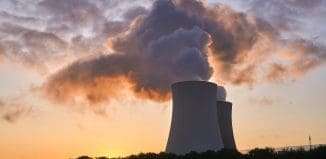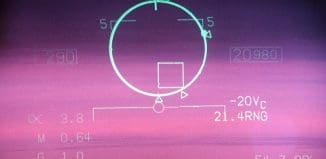Lockheed Martin One Step Closer To Portable Nuclear Generator
This post is also available in:  עברית (Hebrew)
עברית (Hebrew)
Lockheed Martin, the world’s biggest defense contractor, has been aiming for some time now to use nuclear fusion to create cheap electrical power that uses water for fuel, produces byproducts that are totally safe and releases no air pollution. The team of engineers and scientists at Lockheed Martin’s Advanced Development Programs, also called Skunk Works, are working on the company’s compact fusion project. This investment has recently entered a more advanced stage, according to the General Manager of the company’s Skunk Works division, Rob Weiss.
According to Defense News, Weiss told an audience at the Atlantic Council that Lockheed is “about four months into a little bit more significant investment” into the technology, which was first revealed around two years ago, although a small team had been secretly working on fusion energy for about four years before the announcement.
At the time of the initial announcement, Lockheed said it was aiming for a 100 megawatt device which could fit on the back of a large truck. Such a reactor, the company claims, could power a city of up to 100,000 people.
The fusion reactor would use a magnetic bottle capable of withstanding temperatures as high as hundreds of millions of degrees, which are necessary to cause ions to fuse, thereby releasing massive quantities of energy – about one million times more than a chemical reaction and three to four times more than a fission reaction. The bottle can then be used to release that energy in a controlled fashion.
Such a technology would be a revolutionary one for an ever energy-dependent country, but would also potentially have major military applications. If the system could be further shrunk, it could potentially become a powerplant for fighter jets, providing the power needed for directed energy weapons and advanced sensors. It could also help power travel for spacecraft.
“Basically at this stage we are increasing the temperature at which the fusion could occur, and our process for containing the reaction, and we will continue to elevate the level of the temperature and testing the containment theory,” said Weiss.
Weiss also confirmed the team has achieved “initial plasma,” an important early step for the reactor.





























